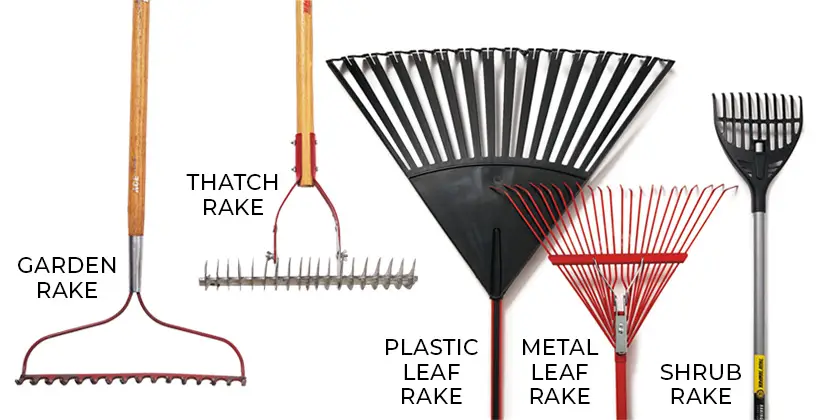This post may contain affiliate links which means I may receive a commission for purchases made through links. Learn more on my Private Policy page.
If you’re wondering about the best rake to use for your garden, look no further! Choosing the right type of rake for your soil type is key to achieving optimal results. Whether you have sandy, clayey, or loamy soil, each requires a rake that is specifically designed to tackle its unique characteristics. In this article, we will explore different types of rakes and offer some helpful tips on how to select the perfect one for your garden. So, grab a cup of tea and get ready to discover the secret to achieving beautifully raked soil!
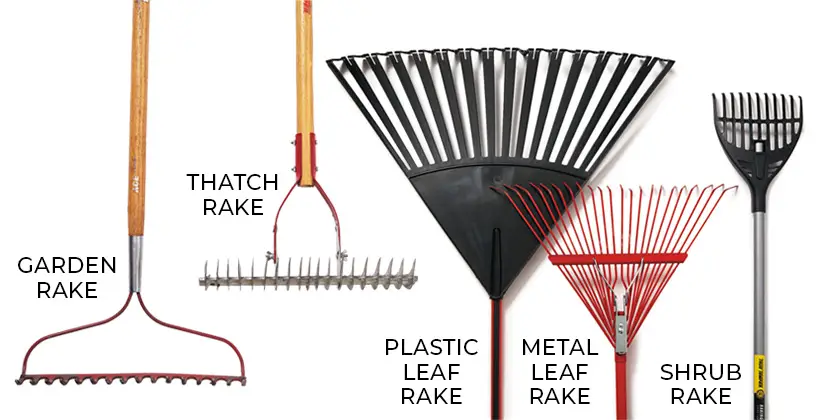
This image is property of images.ctfassets.net.
Different Types of Rakes
Leaf Rakes
Leaf rakes are designed specifically for the task of collecting leaves and other lightweight debris from your garden or yard. They typically have a wide, fan-like shape with flexible, lightweight tines. Leaf rakes are ideal for use on all soil types and are especially effective on sandy or loam soils where debris tends to be easier to move.
Garden Rakes
Garden rakes are versatile tools that can be used for a variety of tasks in your garden. They have sturdy, rigid tines and a wider head than leaf rakes. Garden rakes can be used to remove surface-level debris, level the soil, and create furrows for planting seeds. These rakes are suitable for use on all soil types, but they are particularly useful on loose, sandy soil where they can help to break up clumps and improve soil texture.
Landscape Rakes
Landscape rakes are heavy-duty tools designed for larger-scale landscaping and construction projects. They typically have long handles and wider heads with rigid tines that are spaced further apart. These rakes are ideal for heavy debris removal, spreading and leveling soil, and preparing the ground for laying sod or seeding. Landscape rakes are most commonly used on clay or dense soils where they can effectively break up compacted soil and remove larger debris.
Thatch Rakes
Thatch rakes are specialized tools designed specifically for removing thatch from your lawn. Thatch is a layer of dead grass, roots, and other debris that can build up on the surface of the soil and prevent water, air, and nutrients from reaching the roots of your grass. Thatch rakes have sharp, rigid tines that can penetrate the grass and pull up the thatch. These rakes are most commonly used on lawns with loam or clay soil.
Bow Rakes
Bow rakes, also known as levelhead or flathead rakes, are versatile tools that can be used for a variety of tasks in the garden. They have a flat, rectangular head with short, rigid tines. Bow rakes are commonly used for leveling and smoothing soil, spreading mulch, and removing rocks or debris. They are particularly effective on heavy clay or compacted soils where their sturdy tines can help to break up the soil.
Understanding Your Soil Type
Sandy Soil
Sandy soil is characterized by its large particles and gritty texture. It drains quickly and is easy to work with, but it also tends to be nutrient-poor. When choosing a rake for sandy soil, opt for a rake with flexible tines that can easily move lightweight debris without disturbing the soil too much.
Clay Soil
Clay soil is made up of small, compact particles that hold moisture and nutrients well, but it can become easily compacted and heavy when wet. When choosing a rake for clay soil, look for one with rigid tines that can penetrate the compacted ground and break up clumps of soil.
Loam Soil
Loam soil is often considered the ideal soil type for gardening. It has balanced proportions of sand, silt, and clay particles, making it well-draining, easy to work with, and nutrient-rich. Rakes designed for all soil types, such as garden rakes or leaf rakes, are suitable for use on loam soil.
Silt Soil
Silt soil is characterized by its fine, smooth texture and high fertility. It holds moisture well but can become compacted easily. When choosing a rake for silt soil, select one with rigid tines that can break up the surface and improve aeration.
Peat Soil
Peat soil is composed mainly of decomposed organic matter and is highly acidic and waterlogged. It tends to be soft and spongy, making it difficult to work with. When working with peat soil, it is important to choose a rake with rigid tines that can penetrate the surface without causing excessive damage.
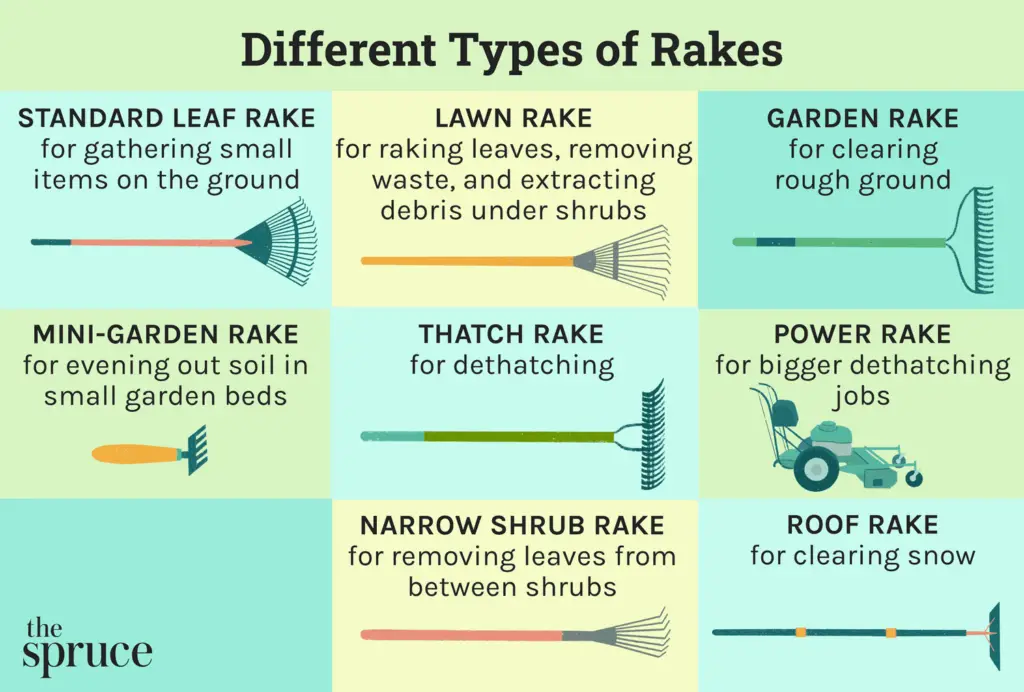
This image is property of www.thespruce.com.
Considerations for Choosing the Right Rake
Surface Debris
Consider the type and amount of surface debris you will need to remove. For light debris such as leaves or grass clippings, a leaf rake with flexible tines will suffice. For heavier debris such as branches or rocks, opt for a rake with rigid tines such as a garden or landscape rake.
Dealing with Heavy Debris
If you frequently deal with heavy debris such as rocks or large branches, choose a rake with sturdy tines and a strong construction. Landscape rakes are particularly suitable for heavy debris removal as they are designed for larger-scale projects.
Divots and Irregularities
If you have a lawn or garden with divots or irregularities, consider a rake with flexible tines that can easily glide over the surface without causing damage. Leaf rakes or garden rakes with flexible tines are good choices for this purpose.
Leaf and Grass Collection
Leaf rakes are specifically designed for collecting leaves and lightweight debris. They have a fan-like shape that helps to efficiently gather leaves in one sweep. For collecting grass clippings, a leaf rake or garden rake can also be effective.
Reaching Tight Spaces
If you need to work in tight spaces, such as between plants or along edges, choose a rake with a narrower head or a rake with an adjustable width. This will allow you to maneuver the rake more easily and effectively in confined areas.
Rake Features to Consider
Handle Length and Material
Consider the length and material of the rake handle. Longer handles provide better leverage and reduce strain on your back. Look for handles made of durable materials such as fiberglass or hardwood for long-term use.
Rake Head Width and Design
The width of the rake head determines how much surface area you can cover in one pass. For larger areas, choose a rake with a wider head. The design of the rake head, whether fan-shaped or flat, can also affect its performance for specific tasks.
Number of Tines
The number of tines on the rake head can vary. More tines generally mean better coverage and more efficient debris removal. However, too many tines can result in a heavier rake, which may be more difficult to handle.
Tine Material and Shape
The material and shape of the tines can affect their durability and performance. Look for tines made of sturdy materials such as steel or hardened plastic. The shape of the tines, whether flat or curved, can also impact their effectiveness for specific tasks.
Durability and Construction
Consider the overall durability and construction of the rake. Look for a rake with solid construction and reinforced connections between the handle and head. Rakes with rust-resistant materials or coatings are also preferable for long-lasting use.
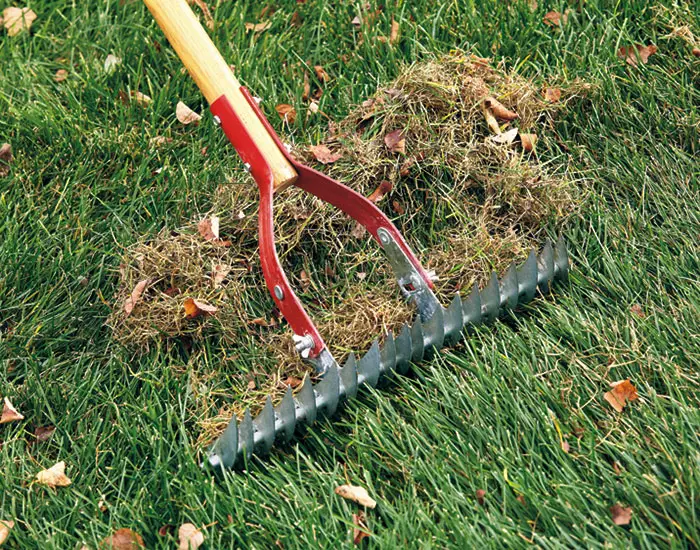
This image is property of images.ctfassets.net.
Matching Rake Types with Soil Types
Leaf Rakes for Light Debris on All Soil Types
Leaf rakes are suitable for use on all soil types. They are particularly effective for collecting leaves, grass clippings, or other lightweight debris. The flexible tines of a leaf rake allow for easier movement on any soil type.
Garden Rakes for Loose Soil and Surface Leveling
Garden rakes are versatile tools that can be used on all soil types. They are especially useful for working with loose soil and leveling the surface. The rigid tines of a garden rake can help break up clumps and improve soil structure.
Landscape Rakes for Heavy Debris and Soil Preparation
Landscape rakes are designed for heavy debris removal and soil preparation on clay or compacted soils. Their rigid tines and wider heads make them ideal for larger-scale landscaping projects.
Thatch Rakes for Removing Plant Thatch
Thatch rakes are specialized tools used for removing thatch from lawns. They are suitable for use on lawns with loam or clay soil where thatch buildup is more common. The sharp, rigid tines of a thatch rake can effectively remove the thatch layer.
Bow Rakes for Leveling and Handling Hard Soil
Bow rakes are versatile tools that can be used on all soil types, but they are particularly useful for handling hard or compacted soil. The rigid tines of a bow rake can break up the soil and assist in leveling the surface.
Using Additional Tools
Shovels for Heavy Soil Work
For heavy soil work such as digging or moving large amounts of soil, a shovel is an essential tool. Shovels are particularly useful for tasks such as planting trees or shrubs, creating planting holes, or removing rocks and debris from the soil.
Tillers for Soil Aeration and Prep
Tillers are motorized machines used for breaking up compacted soil and preparing it for planting. They are particularly useful for larger garden areas or when working with heavy clay soil. Tillers come in a variety of sizes and power options to suit different needs.
Compost Forks for Handling Organic Material
Compost forks are specialized tools used for handling organic materials such as compost or mulch. They have sharp, sturdy tines that can easily penetrate and lift material. Compost forks are useful for turning compost piles, spreading mulch, or moving other organic materials around the garden.
Mulch Forks for Spreading Mulch
Mulch forks have a wide head with sturdy tines and are specifically designed for spreading mulch. They make the task of spreading mulch more efficient and can help to evenly distribute the material over a larger area.
Soil Test Kits for Determining Soil Type
Soil test kits are helpful tools for determining the composition and pH levels of your soil. They can provide valuable information on the nutrient content and soil type, helping you make informed decisions about which tools and practices are most suitable for your specific soil conditions.
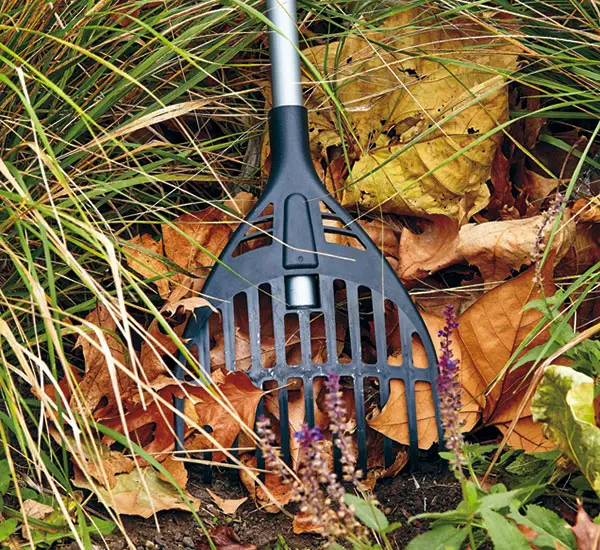
This image is property of images.ctfassets.net.
Considerations for Long-Term Use
Storage Space and Portability
Consider the storage space you have available for your rakes and other gardening tools. Opt for rakes that can be easily stored and do not take up too much space. If portability is a concern, choose rakes with collapsible handles or consider purchasing a rake with a shorter handle length.
Ease of Maintenance
Choose rakes that are easy to clean and maintain. Rakes with smooth surfaces or non-stick coatings are easier to clean, requiring less effort to remove debris and soil. Additionally, consider the ease of replacing or repairing parts of the rake, such as the handle or tines, if necessary.
Cost and Budget
Determine your budget and consider the cost of the rake in relation to its features and durability. While it can be tempting to opt for a cheaper option, it is important to invest in a high-quality rake that will withstand regular use and offer long-term value.
Consulting Experts and Receiving Recommendations
Local Garden Centers and Nurseries
Local garden centers and nurseries can offer valuable advice and recommendations on choosing the right rake for your soil type. The staff often have expert knowledge and can provide personalized guidance based on your specific needs and gardening goals.
Professional Landscapers
Professional landscapers have extensive experience working with different soil types and garden conditions. Consulting a landscaper can provide valuable insights and recommendations on the most suitable rakes for your specific soil type and gardening requirements.
Online Communities and Forums
Online communities and forums dedicated to gardening and landscaping can be a helpful resource for receiving recommendations and tips from fellow gardeners. These platforms allow you to ask specific questions, share experiences, and gain insights from a diverse group of gardening enthusiasts.
Soil and Gardening Experts
Soil and gardening experts, such as horticulturists or agricultural extension agents, have in-depth knowledge about soil types and their specific characteristics. Consulting with these experts can provide valuable advice on choosing the right rake for your soil type and offer additional guidance on soil improvement practices.
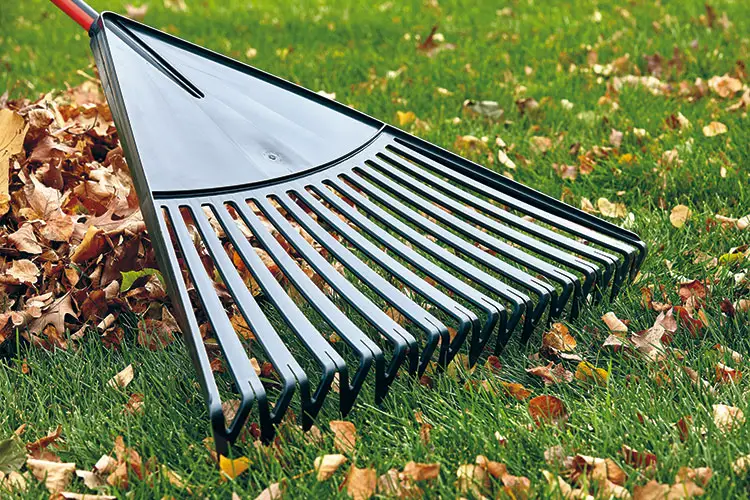
This image is property of images.ctfassets.net.
Conclusion
Choosing the right type of rake for your soil type is essential for achieving efficient and effective gardening and landscaping results. By understanding the different types of rakes available, considering your specific soil type, and taking into account various factors such as debris removal, handle length, tine design, and durability, you can make an informed decision that will help you maintain and improve the health of your soil and achieve successful gardening outcomes. Remember to consult experts, research recommendations, and consider long-term use and maintenance factors to ensure you invest in a high-quality rake that meets your specific needs and fits within your budget. Happy raking!
This post may contain affiliate links which means I may receive a commission for purchases made through links. Learn more on my Private Policy page.

